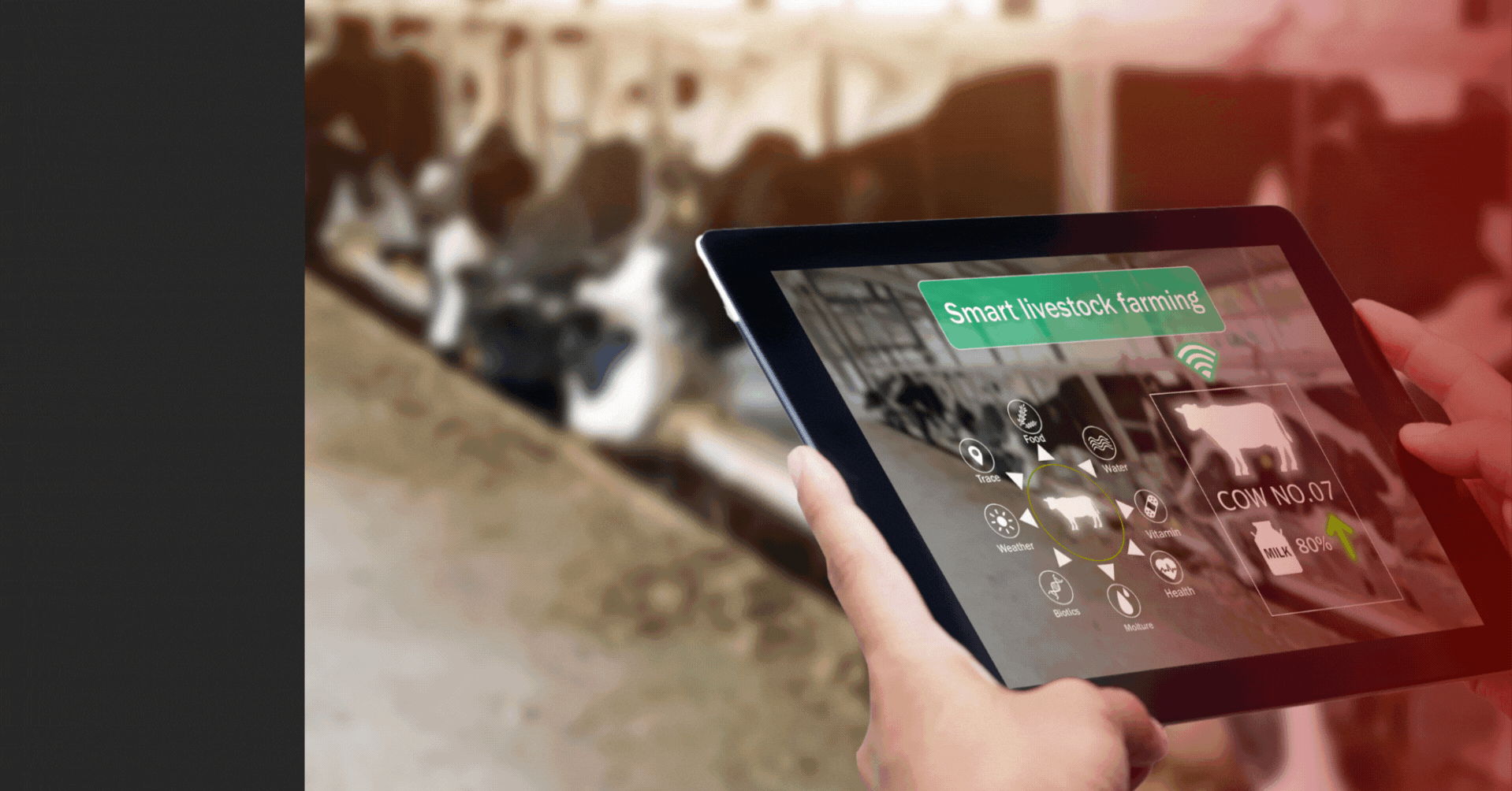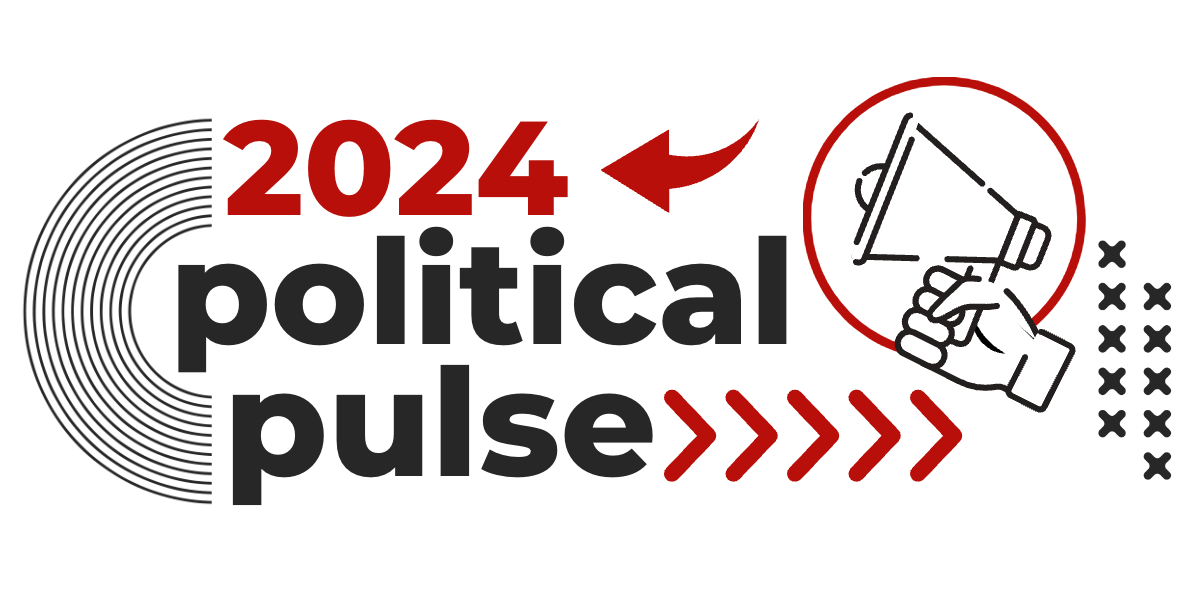 DATA POINTS
DATA POINTS
- 7: The number of GOP candidates who have qualified for the first presidential debate.
- 22: The number of times the federal government has shut down since 1976 due to the lack of a federal budget.
- 42%: The ethics score the Biden administration received in a Gallup Poll.
- $4,200: The amount Apple was fined for not removing information about the war in Ukraine, which is prohibited in Russia.
- 160,000: The number of actors participating in the Hollywood Actors Strike of 2023.
- 227,000: The number of weekly jobless claims in the United States.
 Does No Labels Have No Shot?
Does No Labels Have No Shot?
Poll after poll shows that a majority of Americans do not want to choose between President Biden and former President Trump in 2024. “No Labels” which has existed since 2010, helped organize the bipartisan Problem Solvers Caucus in the U.S. House and has typically been seen as a good governance organization. Now, the group sees the presidential race as the first opportunity in years for a third party candidate to gain significant traction. No Labels is hoping to offer Republican donors a recipient other than former President Trump, but Democrats fear the organization will inevitably siphon voters away from President Biden.
No Labels currently has no candidate, but it has held events with Sen. Joe Manchin (D-WV) and former Governor Jon Huntsman (R-UT). Sen. Lisa Murkowski (R-AK) said that if the 2024 showdown is between Biden and Trump, her pick is easy: Democratic Senator Manchin.
No Labels has evolved from an apolitical advocacy organization to considering a presidential bid. Still, its lack of a candidate and path to victory has left donors ambivalent about its prospects. The group hypothesizes that its platform as an “independent unity ticket” could win the 270 electoral college votes to secure the presidency by running on political centrism and bipartisanship. Unfortunately for No Labels, the electorate’s share of moderates, centrists, and independents, is not large enough to win, and the groups rarely agree on issues enough to vote as a bloc. No Labels will need to announce a candidate, develop persuasive messaging, and raise money to be considered a viable option for president.
The Lowdown on the Shutdown
As congressional lawmakers enjoy their August recess with in-district activities, the weight of DC legislating looms large. Once lawmakers return to the Capitol, they will only have a handful of weeks to pass a federal budget until the September 30 deadline. If the two parties cannot agree on 11 out of the 12 remaining bills required to fund the government, a shutdown hangs over their heads.
During a government shutdown, government employees working outside of “essential services” would be prevented from working, while essential workers must work with paused paychecks. In the 2018-2019 shutdown, roughly 800,000 federal employees were furloughed or went to work without compensation. The 2018-19 shutdown, lasting 35 days, was the U.S.’ longest to date and saw things like TSA agents unable to provide essential services caused by financial strife. Crowded airports, flight delays, and travel nightmares ensued. Government shutdowns are bad news for the economy, leading to higher unemployment rates, raised costs of borrowing (amid already rising interest rates), and a bruised GDP. Small businesses may not be able to apply for or access loans, homebuyers will have stifled processing times, and the FDA’s halted food inspections will trouble the domestic food supply. Everyone from brewery workers to veteran service recipients to scientific research recipients could feel the burn.
Continuing resolutions, designed to push back Congress’ budget due date by maintaining the prior year’s bills, are often utilized to buy lawmakers more time. If Congress does not pass the remaining 11 bills, they will need to enact this tool. Congress has implemented these resolutions every fiscal year since 1997 and in 40 of the past 43 years. Congress and the President must agree on the continuing resolution; if not, a shutdown is imminent.
A Breath of Fresh Air for Long COVID Patients

Pfizer’s Paxlovid pill is the first treatment option being assessed by the NIH. Another branch of the trials will test approaches to remedy memory loss and brain fog issues caused by long COVID. A third will be testing a variety of interventions to improve sleep and wakefulness. Other trials will examine treatments for problems related to the autonomic nervous system and other neurological symptoms.
Buy American, Shop Local . . . Purchase Political?

Purpose-driven marketing has experienced a profound increase in success rates, so it is unsurprising that companies on the ideological right found a place to compete with those on the ideological left. These tactics serve as markers for brand recognition and loyalty. Small businesses that have begun selling their products on PublicSq. have already seen increased sales and website traffic by connecting with consumers who share their political values.
Although PublicSq.’s market cap already sits around $296 million, they face down giants like Amazon and Walmart by asking habitual consumers to change where they shop. Their plan to tackle these competitors? Exclusively host small- and medium-sized businesses on their platform so consumers know they are supporting individuals, rather than corporations. PublicSq. is shaping up to either be a new common ground marketplace for Conservative consumers or Etsy’s antsy vigilante rival for homemade fancies.
Read More at The Washintgon Post
The Circle of Live(stock)

While technology exists to raise healthier livestock, it is not cheap. Installing fans and water-spraying misters makes for happy cows, but it puts a strain on producers’ overhead installation and energy costs. Agrivoltaics, mixing farmland with solar farms, is oftentimes an option to keep energy costs down as new technology is rolled out into producers’ operations. Farmers are scientists who understand biochemistry and climate patterns far better than most and recognize the importance of planning years based on data. Welcome HotHog: an app developed by the U.S. Department of Agriculture and university students to provide local weather data that ensures farmers can anticipate conditions harmful to raising sows. As producers remain on the frontlines of climate change, ensuring they have access to the newest technology is important to keeping them profitable and sustainable in the future.
Read More at The Associated Press
Amazon’s Diagnosis Delivery

Amazon Clinic sources its doctors and nurse practitioners from telehealth partners, including Curai Health, Hello Alpha, SteadyMD, and Wheel. They accept health insurance (barring Medicare and Medicaid) for prescriptions but have yet to do so for telehealth services. Patients can access Amazon Clinic through Amazon’s website or a Google search. From there, they can select their needs, enter information, and talk with medical professionals based on required services.
Amazon first launched Amazon Clinic last November with the intention of treating mild conditions like sinus infections, skin problems, and hair loss. Amazon’s Clinic page brands itself as “healthcare for those ‘can’t wait’ days,” with a 4.9/5 star rating. Services will be open 24/7, hypothetically allowing easier scheduling, with no appointment required.
INTERNATIONAL SPOTLIGHT
Nursing the Wounds of a Nurse Shortage
COVID-19 had wide-sweeping and hard-hitting implications for international trade. One of the most unexpected outcomes was the battle between countries to recruit each other’s healthcare professionals. A global shortage of nurses has caused countries like the United States and Australia to offer enticing signing bonuses, expedited work visas, and higher wages to talent abroad. The downside? Nurses are often recruited away from the list of 55 countries (37 of which are in Africa) that the World Health Organization says has the most pressing health-workforce challenges. More than 70 countries have introduced laws to simplify the process of hiring international health workers.
The U.S. lost more than 100,000 nurses between 2020 and 2021, marking the largest decline in the country’s history. Encouraging foreign healthcare professionals to migrate to the U.S. is easier and quicker than training new nurses and specialists, but little is done to fill the void left behind in less developed countries. The U.S. has since stopped recruiting nurses from other countries because the specific green card for this line of work became so popular and oversubscribed that the State Department ceased processing applications. While it is a dire problem for countries losing their healthcare staff when they desperately need them to remain, incentives to work abroad are appealing to individual nurses and other health professionals.
Read More at The Wall Street Journal
FEATURED TWEET



 DATA POINTS
DATA POINTS Does No Labels Have No Shot?
Does No Labels Have No Shot?


